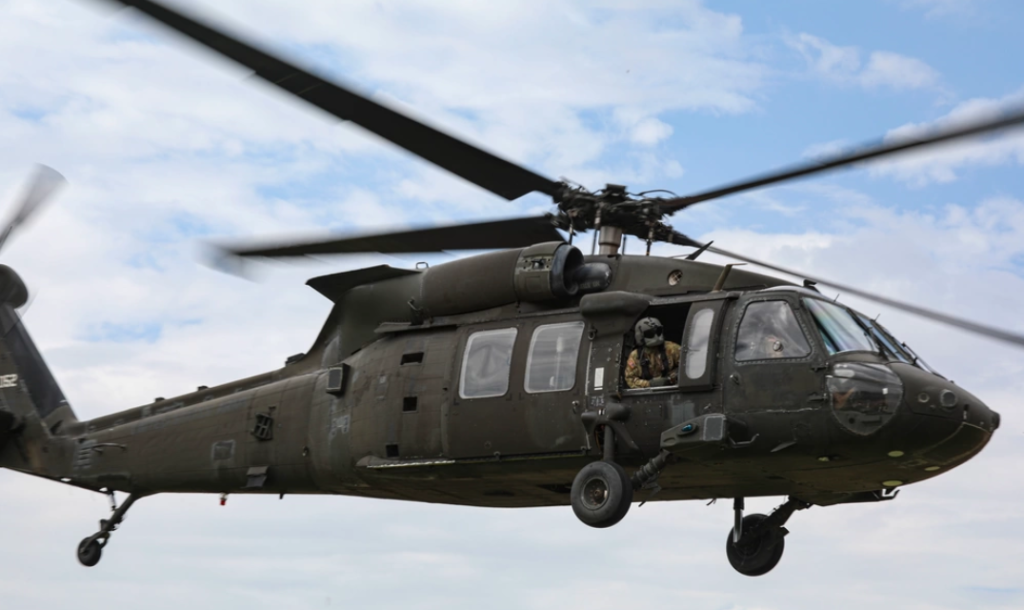By Megan Clark |
REDSTONE ARSENAL, Ala. – The Common Infrared Countermeasures (CIRCM) system is the next generation, lightweight infrared system for rotary-wing, tiltrotor and small fixed-wing aircraft across the DoD. The CIRCM system is used on Apache, Blackhawk and Chinook aircraft and is currently being integrated on the Future Long Range Assault Aircraft.
CIRCM is designed to receive a bearing handoff from the Missile Warning System, acquire and track an incoming missile threat and jam the seeker head with laser-based energy to confuse the missile, thereby keeping passengers and aircrew safe at all times.
Capt. Peter Schulcz, assistant product manager for Infrared Countermeasures, said the number one focus with CIRCM is to keep Soldiers safe and continue to save lives.
“We’ve been fielding [this iteration of CIRCM] since 2021,” Schulcz said. “We’ve accrued over 50 thousand flight hours so far and have yet to lose an aircraft to a Man Portable Air Defense Systems threats. That’s a long time in theater, and it’s proven itself as a highly capable and reliable part of the Aircraft Survivability Equipment (ASE) suite.”
The CIRCM system is portable and can be moved from one aircraft to another as needed. “When a unit is ready to deploy, we will outfit that unit with everything they need,” Schulcz said. “The unit will then deploy, and when they return, [our team] removes CIRCM from the aircraft and installs it on the next deploying unit’s aircraft. It’s a rotation.”
CIRCM full-fielding has recently begun with many locations receiving it for the first time, including Fort Campbell, Fort Cavazos, Fort Drum, and Fort Liberty. CIRCM installs will also begin with overseas locations soon.
“An awesome new feature of the CIRCM system is called the Jupiter Laser,” Schulcz said. “It’s a new capability that gets after new and emerging threats.” The Jupiter Laser was tested against a live fire missile for the first time earlier this year at a Free Flight Missile (FFM) Test at White Sands Missile Range. The test involved a missile being fired at a suspended airframe on which CIRCM was installed, and CIRCM was able to defeat the threat using the Jupiter Laser.
The FFM test was a “big event” according to Jeremiah Floyd, a contractor working with Schulcz. “It was a big milestone to be able to test against a live threat outside of a lab environment. It increased confidence in the system’s capabilities,” Floyd said.
The CIRCM system “doesn’t involve the pilot at all,” Schulcz continued. The pilot simply applies power, arms the system and it’s entirely autonomous from there. “It provides peace of mind to the pilot,” he said. “It helps ease the pilot workload as well.” When pilots conduct their initial aircraft startup procedures, they power on the ASE suite of systems during pre-flight, which includes CIRCM.
The Jupiter Laser is just one component of the overall CIRCM system that includes two pointer trackers and one system processing unit. Floyd said the goal is to move forward with fielding CIRCM with the Jupiter Laser in 2026.


